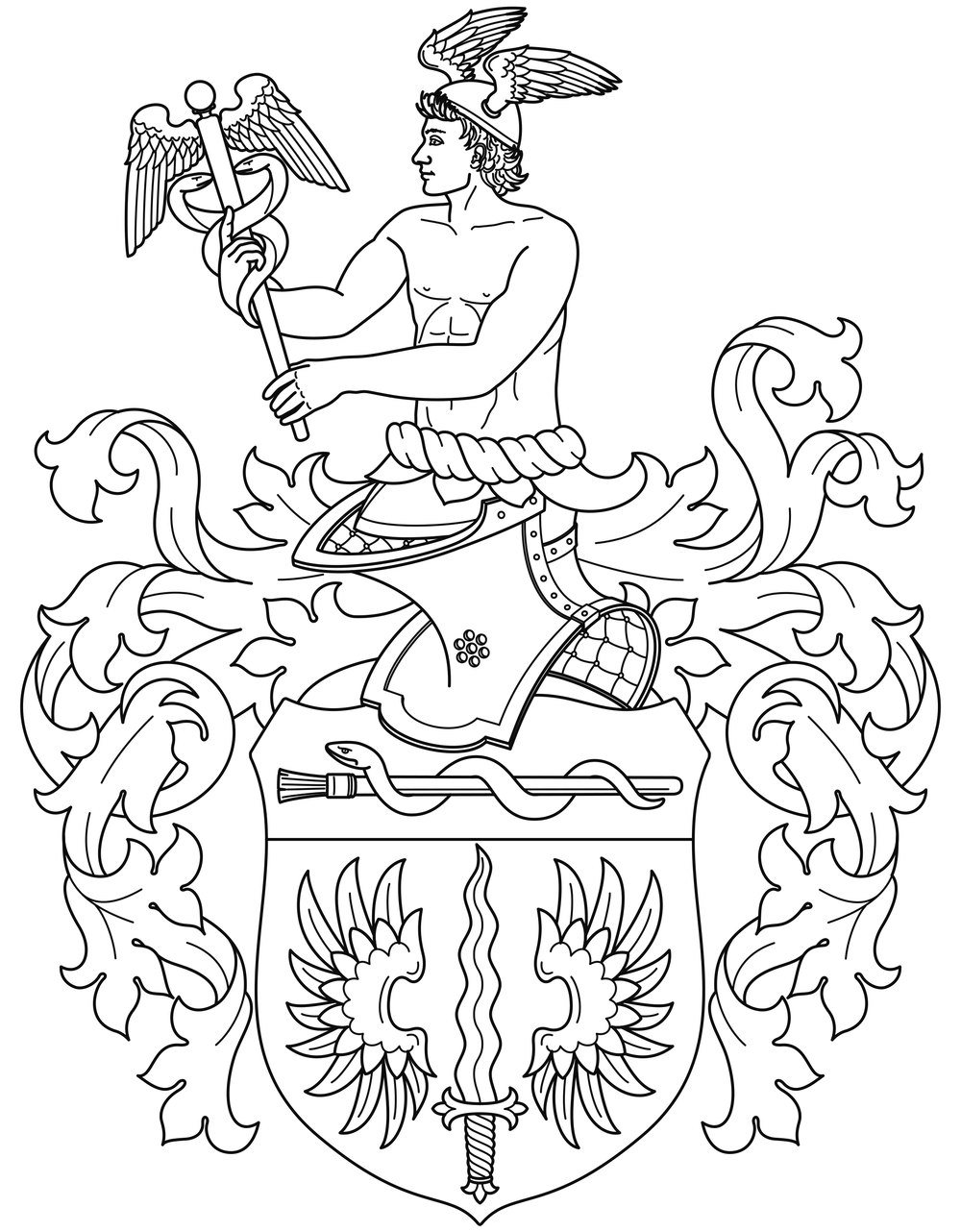The world of hermeticism in Kobransky's work:
An echo of the Renaissance thinkers

In the contemporary art world, it is rare that an artist manages to combine both emotional depth and philosophical gravitas in his work. Kobransky achieves this balancing act by presenting an impressive fusion of artistic form and metaphysical content.
When one focuses on the gold and silver elements in Kobransky's works, one is inevitably reminded of Klimt's "The Kiss", in which the gold also serves not only as a decorative element, but rather as a sign of the divine, the transcendent. While in Klimt's work gold serves as a symbol of love and passion, Kobransky extends this concept and uses gold to remind us of the infinite possibilities and potential of the human spirit.
The oxidized silver leaf in Kobransky's architectural works occupies a special position here. The reddish and blue hues of the silver act as a metaphor for the creative spirit of architects, which, although limited in time, lives on forever through its creations. This is reminiscent of the Renaissance artist Leonardo da Vinci, who also immortalized the idea of the immortality of the human spirit in his works, be it through the Vitruvian proportions or his revolutionary flying machines.

Kobransky's conviction that everyone has the potential to realize their dreams and lead a life according to their own ideas is reflected in his works. This concept, which is deeply rooted in Hermetic teachings, is reminiscent of the works of Escher, in which he depicted the impossibility of the possible. While Escher often forced the viewer into a pause for thought with his impossible constructs, Kobransky invites the viewer to reflect on their own creative power.
The hermetic laws, in particular the idea that "as above, so below", find a clear resonance in Kobransky's works. He takes us back to the great thinkers of the Renaissance, who also attempted to unravel the secrets of the cosmos through art and science. Kobransky's art is therefore not only an artistic endeavor, but also a philosophical one, inviting the viewer to explore the profound mysteries of existence.
In conclusion, Kobransky's works represent a depth rarely seen in modern art. Combining both aesthetic brilliance and metaphysical reflection, his oeuvre represents a significant contribution to contemporary art and invites the viewer to rediscover both art and themselves.
Kobransky and hermetic reflection in contemporary art
Contemplating Kobransky's works, one is inevitably reminded of Plato's concept of the world of ideas, a space beyond our tangible reality where forms exist in their purest essence. Kobransky's art is not merely a visual representation, but rather a philosophical postulate that digs into the depths of human existence and our relationship to the cosmos.

Beginnen wir mit seiner überwältigenden Affinität zu Gold. Gold, das in vielen Kulturen als Symbol für das Göttliche, das Erhabene und das Unsterbliche verehrt wird, ist bei Kobransky weit mehr als nur ein ästhetisches Mittel. Es ist ein Zeichen für die ewige Suche des Menschen nach Transzendenz, nach dem Unendlichen in einem endlichen Universum. Durch die Anwendung von Blattgold erinnert er uns subtil an die alchimistische Transformation, an den Prozess, Rohmaterialien in Gold zu verwandeln – eine Metapher für die menschliche Fähigkeit, das Profane in das Sakrale zu überführen.
Seine Auswahl an Porträts, von Beethoven bis Jobs, stellt eine zeitlose Ode an das Genie dar. Es ist, als ob Kobransky durch diese Porträts die neuplatonische Vorstellung von Anamnesis, der Erinnerung an das Göttliche, heraufbeschwört.
In seiner Fokussierung auf architektonische Meisterwerke leitet Kobransky den Betrachter zu einer tieferen Reflexion über den Raum und die Zeit. Bauwerke, einmal Manifestationen menschlicher Ambitionen und Vorstellungen, stehen hier als Metapher für die Idee, dass der Mensch imstande ist, das Ephemere zu überwinden und das Zeitlose zu berühren.
His determined efforts to distance himself from commercialization may seem paradoxical in view of the visible market success of his works. But perhaps the true ethos of the artist lies in this apparent discrepancy. It reflects the ancient notion of the "Golden Mean", a harmonious balance between extreme tendencies.
In summary, Kobransky's art conveys a profound impression of the complexity of the human mind, building bridges to ancient philosophical concepts. His oeuvre is a captivating blend of aesthetics and metaphysics, inviting the viewer to reflect on the nature of being and the human quest for higher knowledge and understanding. It is more than just art; it is a philosophy in itself.
